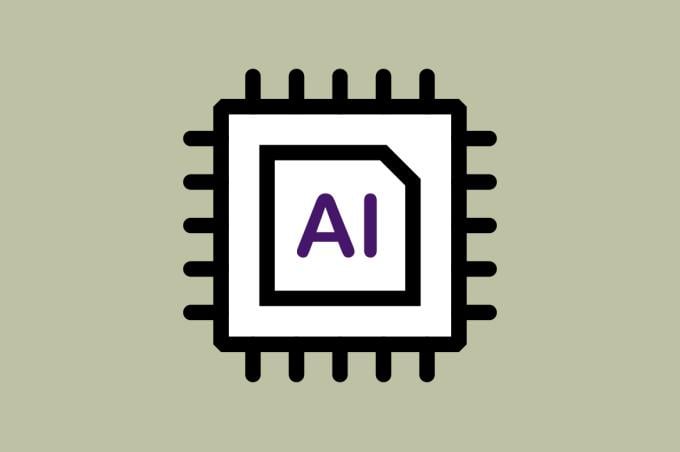Video telemedicine visits may be good adjuncts to in-person care, especially in specialties where diagnoses are confirmed through clinical opinion rather than relying on physical examination, according to a study published in JAMA Network Open.
Overall, the concordance of diagnoses between video telemedicine visits and in-person visits was 86.9%, says the study from researchers at the Mayo Clinic.
The study included nearly 2,400 Mayo Clinic patients who had a video telemedicine-to-home consultation for a new clinical indication between March and June 2020 and an in-person follow up visit in the same clinical department for the same indication within 90 days of the telemedicine consultation.
The overall finding is similar to smaller studies that have looked at virtual visit accuracy. Prior to the COVID-19 pandemic, though, sample sizes were too small to do a robust study like this one.
“Large-scale multispecialty data on the concordance of video telemedicine diagnoses with in-person visit diagnoses would help clinicians make evidence-based decisions regarding for which patients, in which clinical specialties, and for which types of clinical problems video telemedicine visits are likely to be sufficient for diagnosis,” says the study, written by Mayo Clinic neurologist Bart M. Demaerschalk, MD, and his co-authors.
Supporting telehealth is an essential component of the AMA Recovery Plan for America’s Physicians.
Telehealth is critical to the future of health care, which is why the AMA continues to lead the charge to aggressively expand telehealth policy, research and resources to ensure physician practice sustainability and fair payment.
Differences among specialties
Physicians and other clinicians in specialty care settings were likelier than those in primary care to make video telemedicine visit diagnoses concordant with subsequent in-person visits, doing so 88.4% of the time versus 81.3% for primary care.
“Video telemedicine assessments afford ample opportunity for history acquisition, but may pose some limits to the comprehensiveness of a traditional in-person physical examination in some specialties,” Dr. Demaerschalk and his colleagues wrote.
Among medical specialties, diagnostic concordance ranged from 77.3% for otorhinolaryngology to 96% for psychiatry.
“In diagnoses confirmed through clinical opinion, such as many psychiatric diagnoses, there was a significantly greater concordance between video telemedicine diagnosis and in-person diagnosis,” says the study. “In diagnoses necessitating confirmation through traditional physical examination, neurological testing and pathology—such as many otolaryngological and dermatological diagnoses—there was a significantly decreased concordance between video telemedicine and in-person diagnoses,” study authors wrote.
The result isn’t surprising, the study says, because in those cases patients don’t have the right tools at home to assist physicians in making the diagnosis. For example, there is no home video equivalent of the in-office laryngoscopy, otoscopy or nasopharyngolaryngoscopy to provide information essential to common diagnoses in some specialties.
Telehealth is fundamental to care, and the AMA says the U.S. Senate must act like it.
Patient age a factor
A patient’s age does affect diagnostic concordance, according to the study. For every 10-year increase in the patient’s age, the odds of receiving a concordant diagnosis by video telemedicine decreased by 9%, the study discovered.
By contrast, there wasn’t a significant difference when researchers broke down the numbers and compared accuracy based on various other factors, including:
- The patient’s sex or where they lived.
- Whether the patient was an adult or child.
- The duration of the consultation.
- Whether the clinician had previous video telemedicine experience.
Although researchers analyzed data with more specificity when compared with other large telemedicine studies, a future study with even more specificity “could benefit clinicians by informing on both the categories of diseases that are less accurately diagnosed over telemedicine and common telemedicine pitfalls seen in different specialties,” says the JAMA Network Open article.
Read about the AMA survey data that shows physicians’ steadfast commitment to telehealth.




